The National Maritime Museum
Busan is always at work on itself, more so than any other place we’ve lived, erecting new buildings, improving on its image and expanding its cultural offerings. We visited one of the city’s latest achievements just days after it opened: the National Maritime Museum.
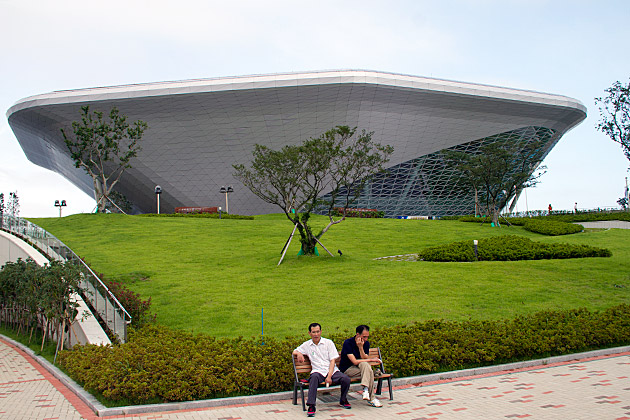
The gleaming white building itself is impressive enough to warrant a visit. Found on the northwestern coast of Yeongdo Island, it looks a little like an enormous toilet bowl. Not a very appealing comparison, I suppose, but I don’t mean to be negative — that’s just its shape! Plus, there’s the association with water, and the fact that it’s filled with all sorts of crap.
The museum and the park surrounding it occupy nearly 500,000 square feet. There are eight permanent exhibitions, a special children’s museum, a rooftop observation deck, a massive maritime library, a walk-through aquarium, a 4D theater, an auditorium and a variety of restaurants and cafes. In other words, don’t go expecting to spend just a short amount of time there — even if you’re quick about it, this place will consume hours.
Amazingly, the museum is free. The exhibits are uniformly interesting, detailing both Korea’s relationship to the sea, as well as the global situation of the oceans. The aquarium was small, but there were a few sharks and mantas swimming around in there, which are the only things I ever care about anyway. And the hands-on exhibits were fun, especially for children. Perhaps the best part was the rooftop observation deck, where you have a great view over the harbor and the Oryukdo Islands.
The museum is easy to reach with public transportation; bus #66, leaving from Nampo-dong (exit 6) goes straight there. And it’s definitely worth the effort of visiting.
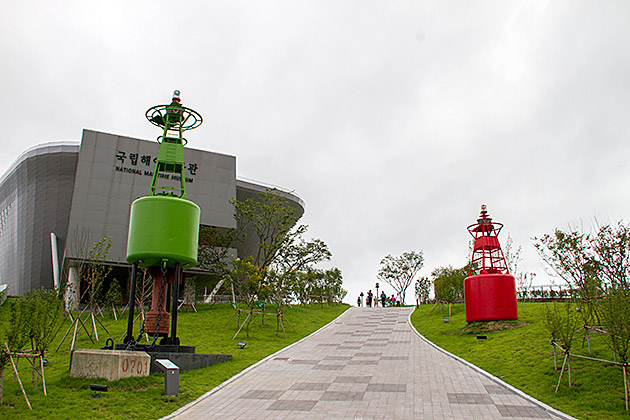
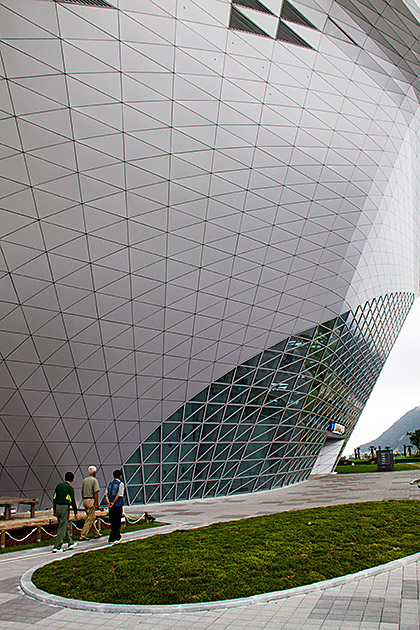
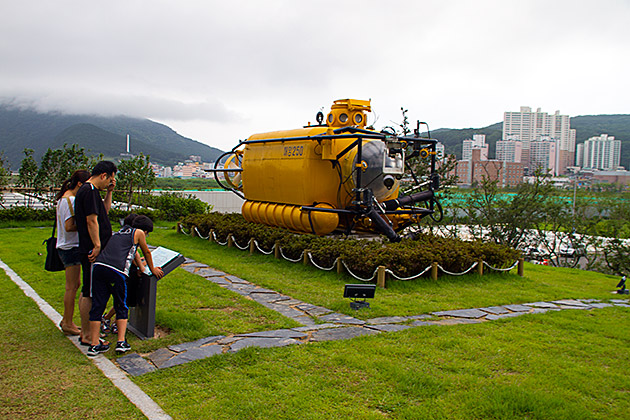
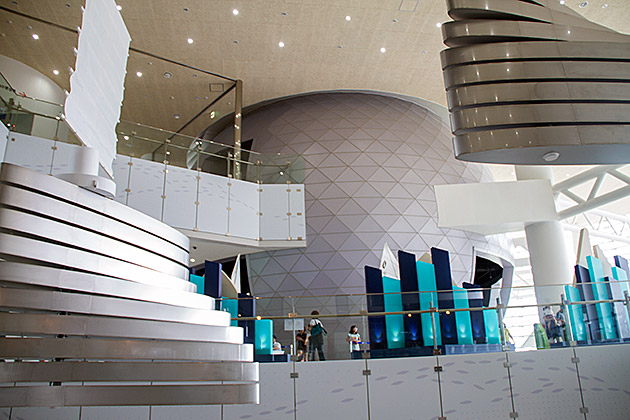
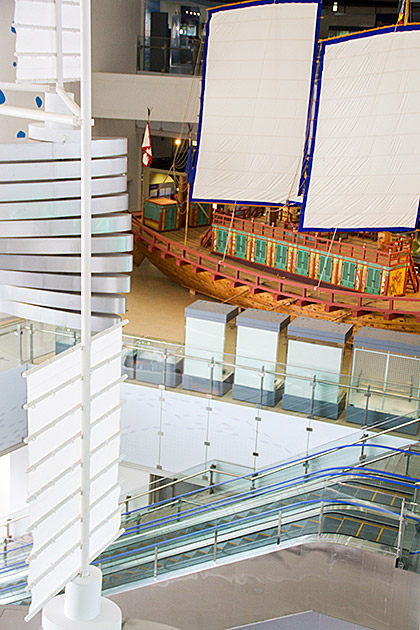
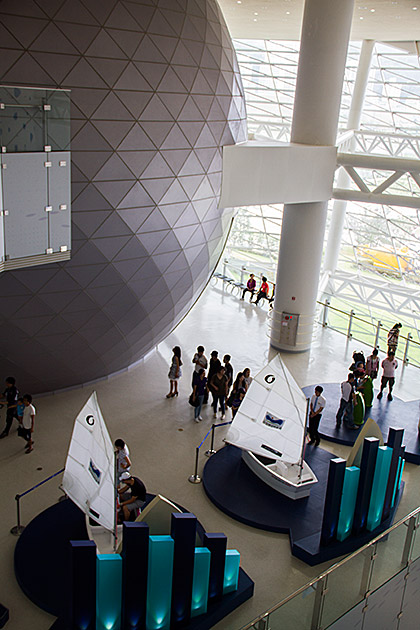
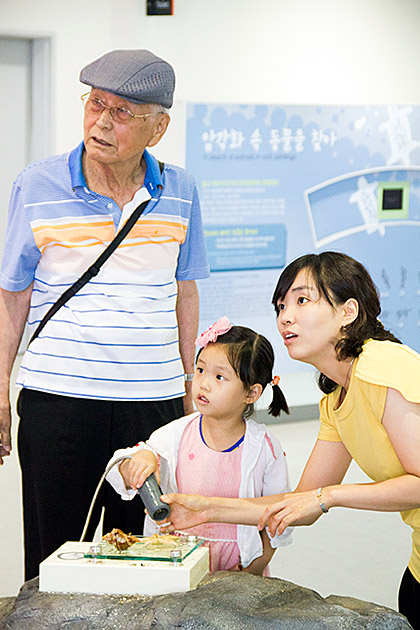
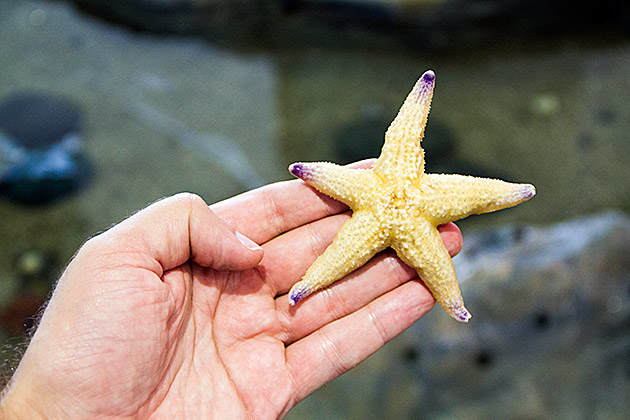
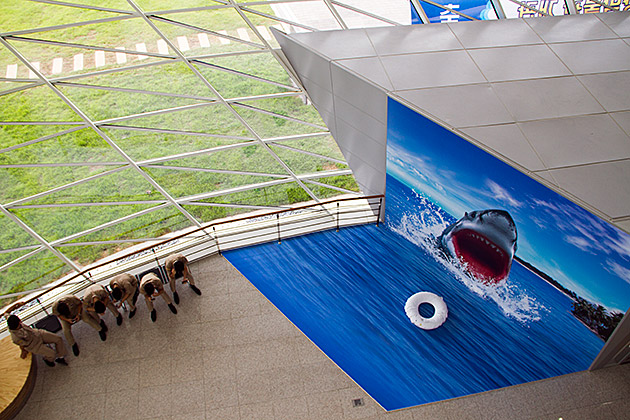
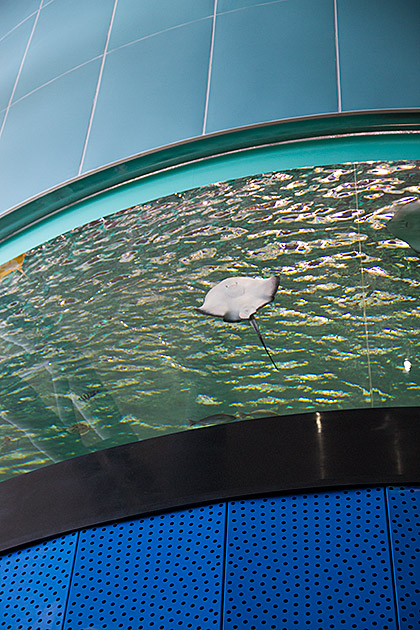
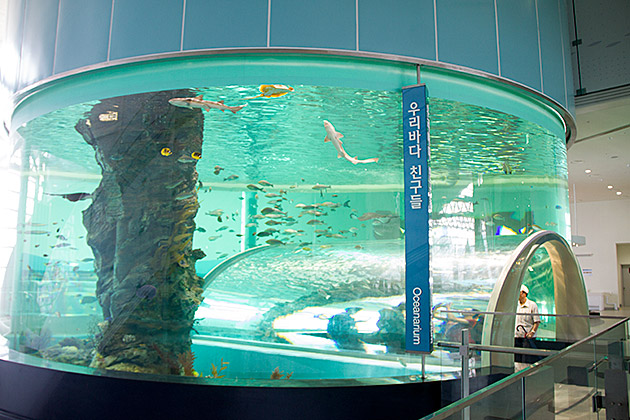
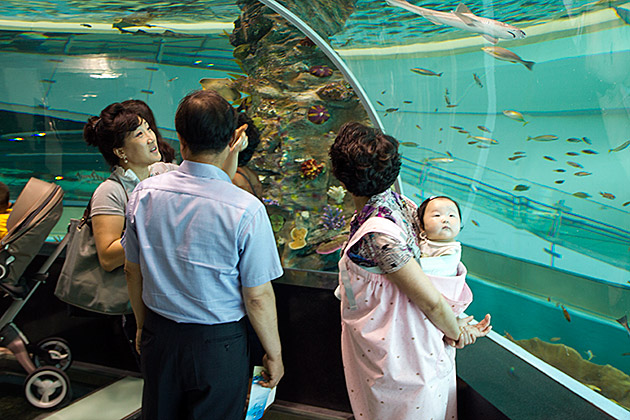
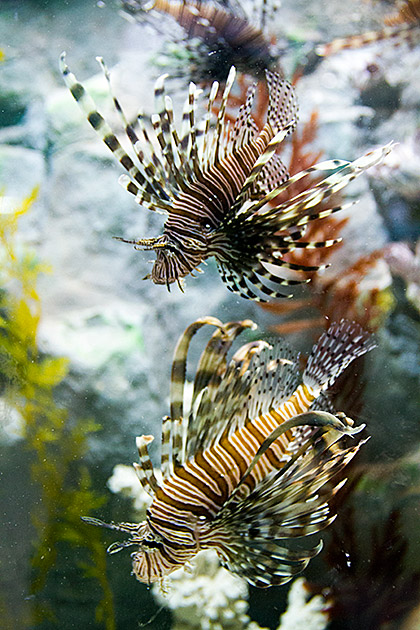

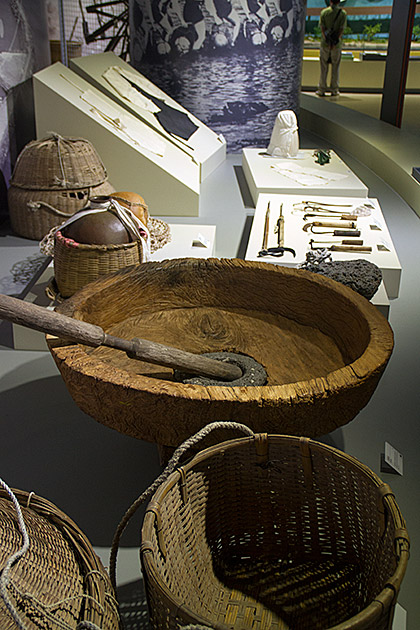

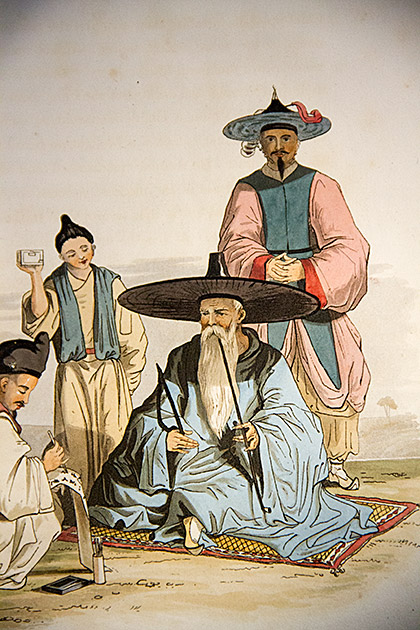
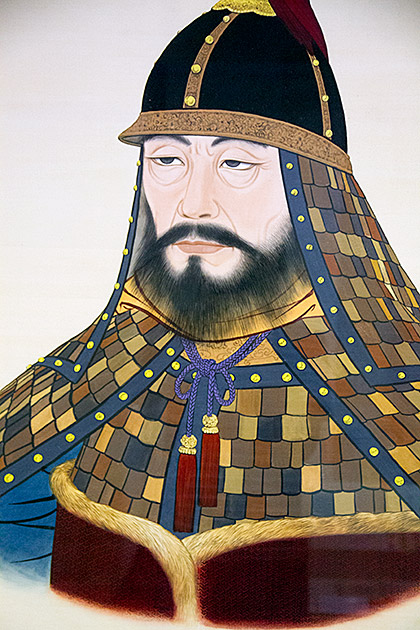
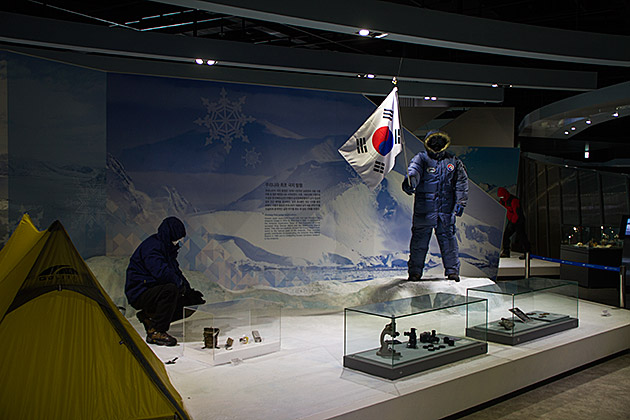
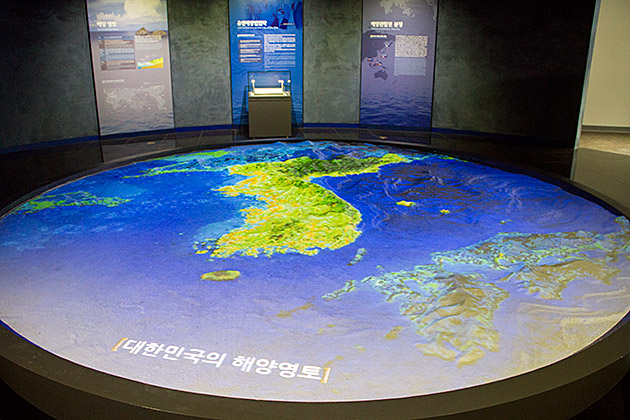
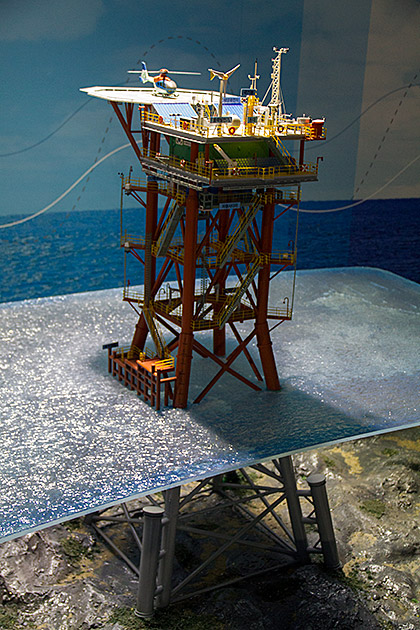
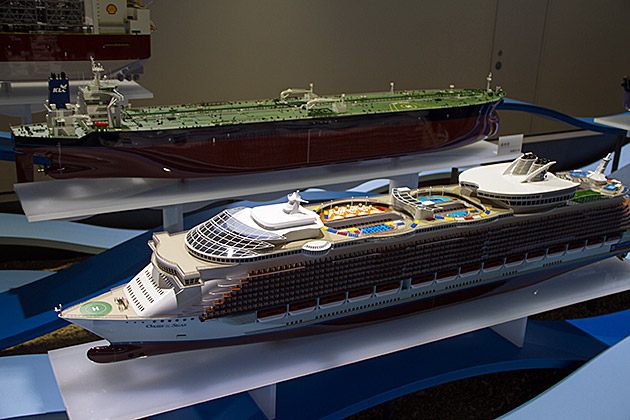
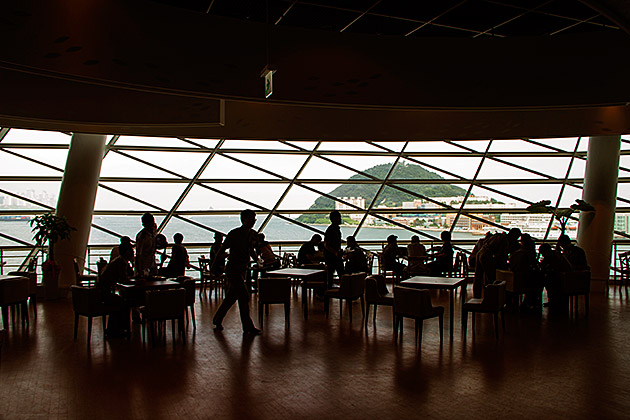

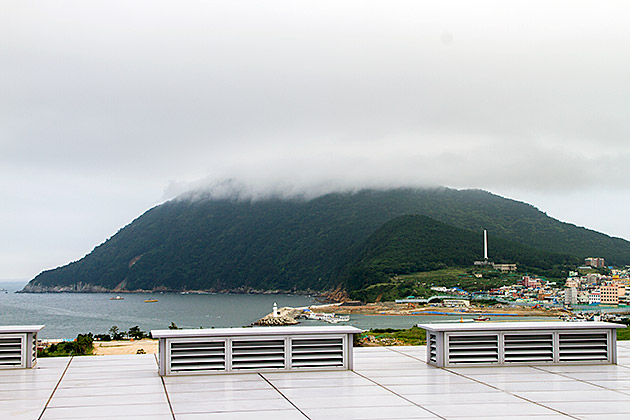
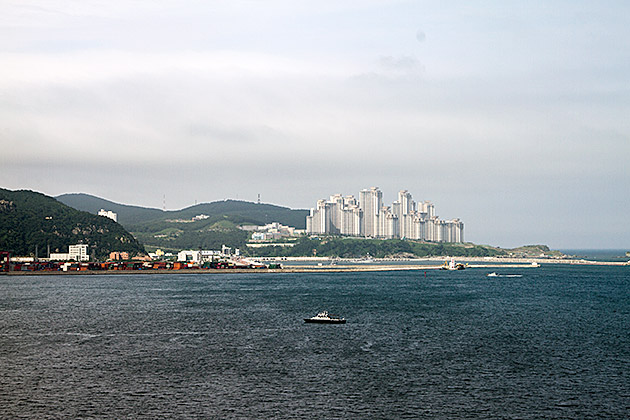
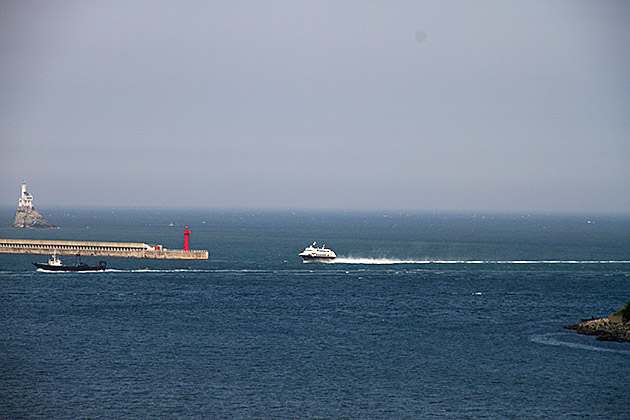
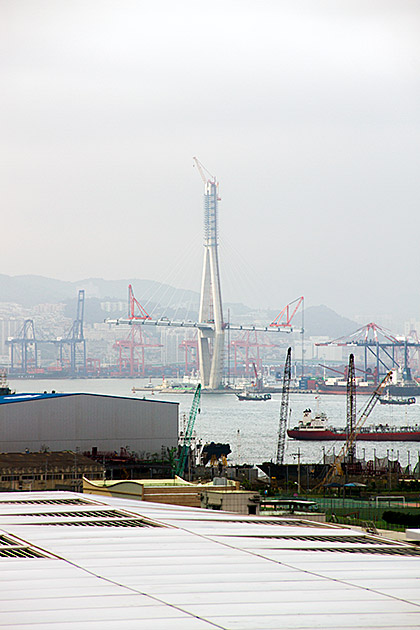
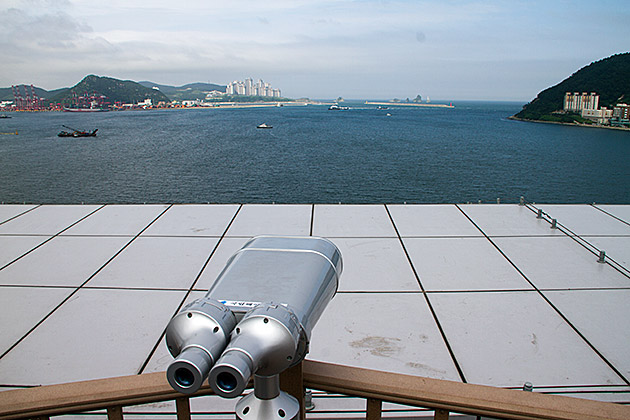
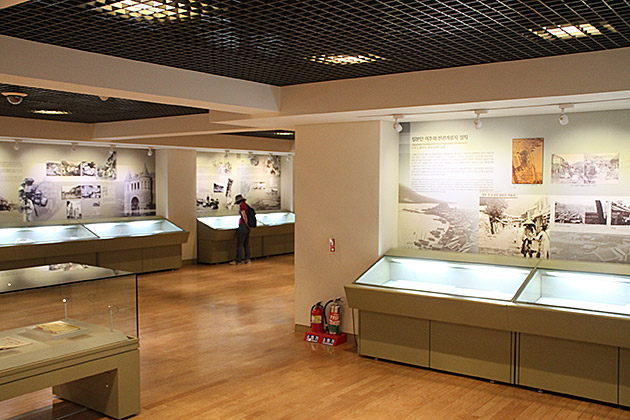
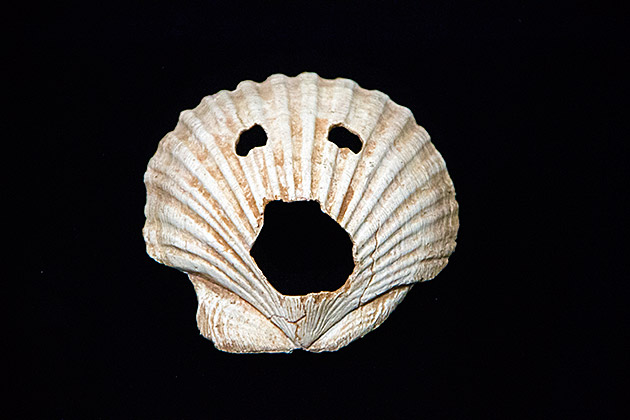
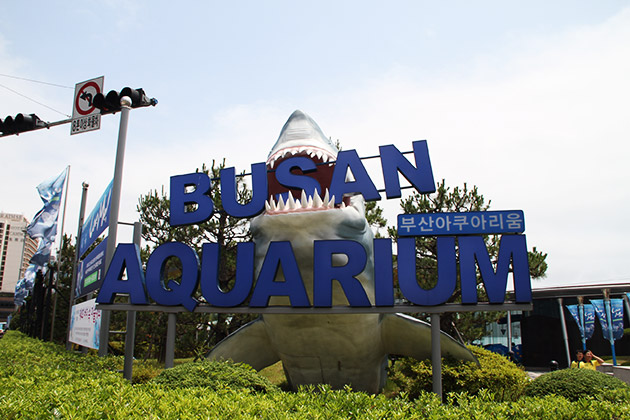

My main question is: how accessible is all this stuff to non- Korean speakers? If I happened to be in Busan with my kids, would there be anything in the museum they could understand? Are the little exhibit cards in more than one language? And how is Busan for non-Korean speakers generally? (If you’ve answered this question in another post, I apologize)
In general, Busan is a mixed bag for non-Korean speakers (like us!) All the tourism material is in English, and the information found online in English is pretty comprehensive. But once you get onto the streets, or in the restaurants, it’s really difficult. We bring along a “menu decoder” every time we go out.
Awesome post, as always. My favorite two pictures are of the kids. The little girl must be using a scanner to view some sea rock or something. I’m guessing the scanned image appears on a huge screen in front of her? And that little baby in the aquarium is cute and hilarious. I also like the juxtaposition of the zebrafish (?) and the skeleton model of the old Korean boat. It brings out the fish-like qualities of the boat. I also like the historical drawings — and that outdoors shot of that huge, high-tech-looking crane!
You’re right! There was a screen showing the close-up image of what she was scanning.
Fabulous! Good writing and excellent pictures. I like Busan esp. in that Busan’s high-tech facilities and buildings are surrounded by lush green mountains and blue ocean! I can understand some people say they feel a sort of reverse cultural shock in the U.S. when they come back from Korea.
I’m glad to see that it’s finally open. I used to take walks around the area during my lunch break. I was happy to see some of my former students in the shark picture (the Maritime High School “Haesago”) is right next to the museum and the Maritime University (Haeundaehakyo) is on the island just behind the museum.I miss Yeongdo! Just a tip…”do” means island, so you don’t need to put both, either Yeongdo or Yeong Island. Love the blog!~~
Thank you! Love that you recognized some of your students. The place was packed with them! Not in Busan anymore?
Great! Taking my students there this Friday. I’d like to teach them about some of the sea animals. Do you know what kinds there were? Also I didn’t see a picture of any mantas, are there only the small rays there?
The aquarium isn’t gigantic, but there were a few small sharks and mantas — not the size of the animals in the Busan Aquarium. There’s also a “touch pool”, so kids can examine starfish and things like that.